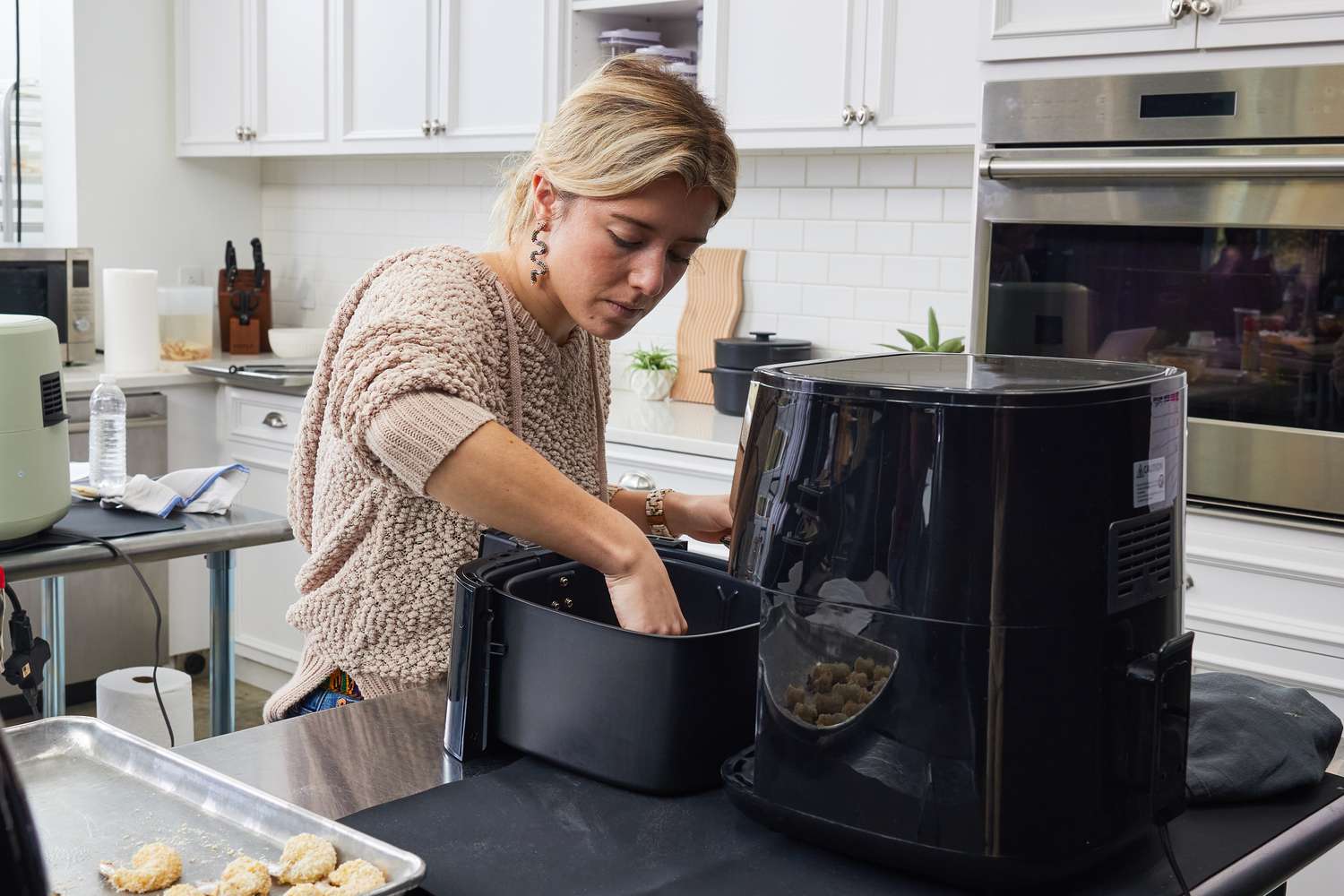

Articles
How to Use an Air Fryer
Modified: February 26, 2024
Learn how to use an air fryer with these informative articles. Discover tips, tricks, and delicious recipes to make healthy and crispy meals effortlessly.
(Many of the links in this article redirect to a specific reviewed product. Your purchase of these products through affiliate links helps to generate commission for Storables.com, at no extra cost. Learn more)
Introduction
Air fryers have gained popularity in recent years as a convenient and healthier alternative to traditional frying methods. With their ability to cook food with little to no oil, they offer a guilt-free way to enjoy your favorite crispy treats. But how exactly does an air fryer work, and why should you consider adding one to your kitchen?
In this article, we will explore the benefits of using an air fryer, provide tips on how to choose the right one for your needs, and offer advice on how to get the most out of your air frying experience.
One of the main advantages of using an air fryer is its ability to produce crispy and golden-brown results without the need for excessive oil. By circulating hot air around the food, air fryers create a similar effect to deep frying, but with significantly less fat. This means that you can enjoy your favorite fried foods, such as french fries, chicken wings, and even doughnuts, with a fraction of the oil and calories.
Not only does using an air fryer reduce the amount of unhealthy fats in your diet, but it also cuts down on the mess and hassle of traditional frying methods. Unlike traditional deep fryers, air fryers do not require the use of large quantities of oil or the constant monitoring of the cooking process. This makes them not only more convenient and time-saving, but also safer to use.
Additionally, air fryers are versatile kitchen appliances that can be used for a wide range of cooking tasks. In addition to frying, they can also bake, roast, grill, and even reheat leftovers. This makes them a great addition to any kitchen, whether you want to whip up a quick and healthy weeknight meal or impress guests with a delicious and crispy appetizer.
Now that you know some of the benefits of using an air fryer, it’s time to dive into the details of how to choose the right one for your needs. In the next section, we will explore the different factors to consider when purchasing an air fryer, including size, features, and price range.
Key Takeaways:
- Air fryers offer a healthier and convenient way to enjoy crispy fried foods with up to 75% less oil, reduced fat and calories, improved nutritional value, and versatile cooking options, making them a valuable addition to any kitchen.
- Choosing the right air fryer, understanding its controls and settings, preparing it for use, and following cooking tips are essential for achieving optimal results. Regular cleaning and maintenance are crucial for ensuring longevity and top performance of the air fryer.
Read more: How To Use Chefman Air Fryer
Benefits of Using an Air Fryer
There are numerous benefits to using an air fryer that make it worth considering for your kitchen. Let’s explore some of the top advantages:
- Healthier Option: One of the biggest reasons people choose to use an air fryer is for its ability to cook food with significantly less oil compared to traditional frying methods. By using hot air to circulate around the food, an air fryer can achieve the same crispy texture and delicious taste as deep frying but with up to 75% less oil. This reduction in oil intake can be beneficial for those who are looking to improve their heart health, maintain a healthy weight, or simply make healthier food choices.
- Reduced Fat and Calories: By cutting out a significant amount of oil, air-fried foods are lower in fat and calories compared to their deep-fried counterparts. This can be especially beneficial for individuals who are trying to lose weight or manage conditions such as diabetes. Air frying allows you to indulge in your favorite fried foods without the excess oil and calories.
- Improved Nutritional Value: In addition to reducing fat and calories, air frying can help preserve the nutritional value of your food. Conventional frying methods tend to strip away some of the nutrients due to the high temperatures and prolonged cooking times. Air frying, on the other hand, uses shorter cooking times, preserving more of the vitamins and minerals in your food.
- Quick and Convenient: Air fryers are known for their speed and convenience. They preheat rapidly, allowing you to start cooking almost immediately. The cooking process itself is also faster compared to traditional methods, as the hot air circulates around the food and cooks it evenly. This means you can enjoy a quick and tasty meal with less time spent in the kitchen.
- Versatility: Air fryers are not just limited to frying. They can also bake, roast, grill, and even reheat leftovers. This versatility makes them a versatile and multi-functional kitchen appliance that can replace multiple cooking appliances, saving you valuable countertop space and money.
- Easy to Clean: Cleaning up after cooking can be a hassle, especially when dealing with greasy splatters and oil. Fortunately, air fryers are relatively easy to clean. Most models have removable and dishwasher-safe parts, making the cleanup process a breeze. Additionally, since they require less oil, there is less mess to deal with in the first place.
- Safe to Use: Air fryers eliminate the risk of hot oil splatters, which can cause burns and accidents in traditional frying methods. With an air fryer, the hot air circulation ensures even cooking without the need for constant monitoring. Some models also come with safety features such as automatic shut-off and cool-touch handles for added peace of mind.
With all these benefits, it’s no wonder that air fryers have become a popular kitchen appliance for individuals looking to enjoy delicious and healthier versions of their favorite fried foods. However, before you rush out to purchase one, it’s important to know how to choose the right air fryer for your needs, which we will explore in the next section.
How to Choose the Right Air Fryer
When it comes to selecting the right air fryer for your kitchen, there are several factors to consider. Here are some important things to keep in mind:
- Cooking Capacity: Consider the size of the air fryer and its cooking capacity. If you have a larger family or frequently entertain guests, you may want to opt for a larger model with a bigger cooking capacity. On the other hand, if you have limited kitchen space or cook for one or two people, a smaller air fryer will suffice.
- Temperature Control and Settings: Look for an air fryer with adjustable temperature control. This will allow you to have greater control over the cooking process and achieve the desired level of crispness. Additionally, check for pre-set cooking settings for convenience, such as settings for specific foods like fries, chicken, or vegetables.
- Power and Heating: Consider the wattage of the air fryer. Higher wattage models tend to heat up faster and cook more efficiently. However, keep in mind that higher wattage may also consume more electricity. Choose a model that suits your cooking needs while being mindful of energy consumption.
- Additional Features: Some air fryers come with additional features that can enhance your cooking experience. These may include built-in timers, automatic shut-off functions, and even digital displays for easy monitoring. Consider which features are important to you and choose accordingly.
- Easy to Clean: Look for models that are easy to clean. Removable and dishwasher-safe parts will make cleanup a breeze. Non-stick interiors can also help prevent food from sticking, making it easier to wipe clean.
- Brand and Reputation: Consider purchasing from reputable brands known for their quality and reliability. Look for customer reviews and ratings to gauge the overall satisfaction of previous buyers.
- Price: Lastly, determine your budget and find an air fryer that offers a good balance between price and features. While it’s tempting to opt for the cheapest option, keep in mind that investing in a higher-quality air fryer can result in better performance and longevity.
By considering these factors, you can ensure that you choose an air fryer that fits your cooking needs and preferences. Once you have selected the right air fryer, the next step is to prepare it for use. In the next section, we will guide you through the process of preparing your air fryer for cooking.
Preparing the Air Fryer for Use
Before you start using your new air fryer, it is important to properly prepare it to ensure optimal cooking results. Here are the steps to follow:
- Read the Manual: Begin by thoroughly reading the instruction manual provided with your air fryer. This will familiarize you with the specific features, controls, and safety guidelines of your particular model.
- Unpack and Clean: Take out all the removable parts of the air fryer and give them a quick wash with warm soapy water. This will remove any dust or residue that may have accumulated during the manufacturing and packaging process. Dry all the parts completely before assembling them back.
- Preheat the Air Fryer: Preheating is an essential step to ensure your food cooks evenly and achieves that desired crispy texture. Preheat the air fryer according to the manufacturer’s instructions. The preheating time will vary depending on the model, so refer to the manual for guidance.
- Season the Cooking Basket: Seasoning the cooking basket can help prevent food from sticking and ensure easy cleanup. Lightly coat the cooking basket with a thin layer of cooking spray or rub it with a high-heat cooking oil, such as canola or avocado oil.
- Assemble and Place the Food: Assemble the air fryer by placing the seasoned cooking basket back into the air fryer unit. Arrange the food you wish to cook in a single layer inside the basket. Avoid overcrowding to allow proper air circulation and even cooking.
- Set the Time and Temperature: Set the desired time and temperature for your cooking needs. Refer to the recipe or the manual for recommended cooking times and temperatures for different types of food. Some air fryers have pre-set cooking modes for popular dishes, making it even easier to get started.
- Start Cooking: Once you have set the time and temperature, start the cooking process by pressing the appropriate buttons or turning the dial, depending on your air fryer’s control panel. The air fryer will begin circulating hot air around the food, cooking it to perfection.
- Monitor and Shake: It is recommended to check on the food periodically during the cooking process. As some air fryers may have hot spots or uneven heat distribution, gently shaking the basket halfway through cooking can help ensure even browning and crispness.
- Check for Doneness: Use a meat thermometer or fork to check if the food is cooked to the desired doneness. Different foods have different internal temperature requirements, so refer to cooking guides or recipes for specific temperatures.
- Serve and Enjoy: Once the food is cooked to perfection, carefully remove the cooking basket from the air fryer. Let the food cool for a few minutes before serving, as it will be hot. Serve your delicious air-fried creation and enjoy your guilt-free, crispy treat!
By properly preparing your air fryer for use, you can ensure that it works efficiently and delivers delicious results every time. In the next section, we will delve into the controls and settings of an air fryer, helping you navigate this aspect of your cooking process.
Understanding the Controls and Settings
Understanding the controls and settings of your air fryer is crucial to achieving optimal cooking results and making the most out of your appliance. Here is a breakdown of the typical controls and settings you may find on an air fryer:
- Temperature Control: Most air fryers allow you to adjust the cooking temperature according to your recipe needs. The temperature range can vary among models but typically ranges between 180°F (82°C) to 400°F (204°C). Lower temperatures are suitable for gentle cooking and dehydrating, while higher temperatures are ideal for achieving crispy and golden results.
- Timer: The timer allows you to set the cooking duration. This feature ensures that your food cooks for the desired amount of time and prevents overcooking. It is essential to follow the recommended cooking times for different foods to achieve the best results.
- Pre-set Programs: Many air fryers come with pre-set cooking programs for specific foods, such as fries, chicken, fish, or even cakes. These programs automatically adjust the cooking time and temperature for the selected food, taking the guesswork out of the equation and making cooking a breeze.
- Power/Start Button: The power or start button is used to initiate the cooking process. Once you have set the desired temperature and time, pressing this button will activate the air fryer and start the cooking cycle.
- Stop/Cancel Button: The stop or cancel button is used to halt the cooking process prematurely. If you need to check on the food or make adjustments during cooking, you can press this button to pause or cancel the cooking cycle. Keep in mind that opening the air fryer while cooking may affect the cooking time and temperature, so use this feature sparingly.
- Adjustable Rack or Basket Position: Some air fryers come with adjustable racks or baskets that allow you to cook multiple layers of food simultaneously. This feature is particularly useful when you need to cook different types of food at the same time or when you want to achieve more even browning and crispness.
- Warm/Crisp Function: Certain air fryer models have a warm or crisp function that can be used to keep your food warm after cooking or to add an extra burst of heat at the end of the cooking process for extra crispiness.
- Signal or Alert: Many air fryers will emit an audible signal or alert when the cooking cycle is complete. This helps prevent overcooking and ensures that you are aware when your food is ready to be served.
- LED Display: An LED display shows the selected temperature, cooking time, and any other settings. This allows you to easily monitor and make adjustments as needed during the cooking process.
Understanding and utilizing these controls and settings will enable you to fine-tune your cooking experience with the air fryer and achieve delicious results. However, it is important to note that every air fryer model is different, so be sure to refer to the instruction manual for specific instructions and details about the controls and settings of your particular air fryer.
Now that you are familiar with the controls and settings of an air fryer, it’s time to move on to the next section where we will provide helpful tips for cooking with an air fryer. These tips will ensure that you achieve the best cooking outcomes and create a wide variety of delicious meals.
When using an air fryer, make sure to preheat it for a few minutes before adding your food. This helps to ensure even cooking and crispy results.
Read more: How To Use A Ninja Air Fryer
Tips for Cooking with an Air Fryer
Cooking with an air fryer can be a fun and rewarding experience. To make the most out of your appliance and achieve delicious results, consider these helpful tips:
- Preheat the Air Fryer: Preheating your air fryer for a few minutes before placing the food inside can help ensure even cooking and achieve that desired crispy exterior. Refer to the manual for the recommended preheating time for your specific model.
- Don’t Overcrowd the Basket: To achieve optimal results, avoid overcrowding the cooking basket. Overcrowding can lead to less airy and crispy results, as it restricts the circulation of hot air. Cook food in a single layer, leaving enough space between each piece for proper air circulation.
- Use a Light Coat of Oil: While air fryers are known for their ability to cook with little to no oil, adding a light coat of oil to certain foods can enhance their flavor and texture. Use a cooking oil spray or a brush to lightly coat the food with oil, or toss it in a small amount of oil before placing it in the air fryer.
- Shake or Flip the Food: To ensure even browning and crispness, give the food a gentle shake or flip it halfway through the cooking process. This will help expose all sides of the food to the hot air and promote even cooking.
- Use Parchment Paper or Aluminum Foil: For foods that are prone to sticking, such as delicate fish fillets or breaded items, consider lining the cooking basket with parchment paper or aluminum foil. This will make cleanup easier and prevent the food from sticking to the basket.
- Experiment with Seasonings and Spices: Get creative with your seasonings and spices to enhance the flavor of your air-fried dishes. Try different combinations of herbs, spices, and seasonings to add variety and depth to your meals.
- Prevent Dryness with Moisture: Some foods, especially lean cuts of meat, can become dry when cooked in an air fryer. To prevent this, you can marinate the food before cooking, brush it with a sauce or glaze, or place a small dish of water in the air fryer during cooking to add moisture.
- Keep an Eye on Cooking Time: The cooking time may vary depending on the type and thickness of the food. Start with the recommended cooking time and make adjustments as needed. It’s better to undercook slightly and add more time if needed, as overcooked food can become dry.
- Clean and Maintain Regularly: To ensure optimum performance and longevity of your air fryer, clean and maintain it regularly. Clean the removable parts after each use, and wipe down the interior and exterior of the unit with a damp cloth. Refer to the manual for specific cleaning instructions.
- Explore Recipes and Cooking Guides: To expand your air frying repertoire, explore recipes and cooking guides specifically tailored for air fryers. These resources can provide inspiration and valuable tips for cooking a wide variety of foods, from appetizers and main dishes to desserts.
By following these tips, you can elevate your air frying game and create delicious and healthy meals with ease. Remember that practice makes perfect, so don’t be afraid to experiment and adjust cooking times and techniques to suit your preferences.
Now that you are equipped with these valuable tips for cooking with an air fryer, let’s move on to the next section where we will discuss the importance of cleaning and maintaining your air fryer for optimum performance and longevity.
Cleaning and Maintenance
Proper cleaning and maintenance are essential to keep your air fryer functioning optimally and to ensure that it lasts for years to come. Follow these guidelines for cleaning and maintaining your air fryer:
- Unplug and Cool Down: Before starting the cleaning process, always unplug the air fryer from the power source and allow it to cool down. This will prevent any accidents or burns during the cleaning process.
- Remove and Wash Removable Parts: Most air fryers have removable parts such as the cooking basket, tray, and pan. Take out these parts and wash them with warm, soapy water. Use a non-abrasive sponge or cloth to remove any food residue or grease. Rinse thoroughly and dry completely before reassembling.
- Wipe Down the Exterior: Use a damp cloth to wipe down the exterior of the air fryer. Avoid using abrasive cleaners or scouring pads, as they can cause damage to the surface. For stubborn stains, you can use a mild dish soap solution.
- Clean the Interior: To clean the interior of the air fryer, use a damp cloth or sponge to wipe away any oil or food particles. Be gentle to avoid scratching the non-stick coating. If necessary, you can use a small amount of dish soap on the cloth, but make sure to rinse thoroughly afterward.
- Remove Odors: If your air fryer develops unpleasant odors, you can eliminate them by placing a small dish of white vinegar or lemon juice in the cooking basket and running the air fryer at a high temperature for a few minutes. This will help neutralize the odors and freshen up the appliance.
- Regular Maintenance: In addition to regular cleaning, there are a few maintenance tasks you should perform to keep your air fryer in top condition. Regularly check the heating element and fan for any signs of debris or buildup and clean them if necessary. Refer to the manual for specific instructions on how to access these components.
- Store Properly: When not in use, store your air fryer in a clean and dry place. Make sure it is completely cool and the removable parts are dry before storing. Avoid placing any heavy objects on top of the appliance to prevent damage.
- Follow Manufacturer’s Instructions: Always refer to the manufacturer’s instructions for specific cleaning and maintenance guidelines for your particular model. Each brand and model may have slightly different requirements, so make sure to follow the recommended procedures to avoid damaging the appliance.
Regular cleaning and maintenance not only ensure hygienic cooking conditions but also prolong the lifespan of your air fryer. By following these cleaning and maintenance practices, you will be able to enjoy delicious and healthy meals with your air fryer for years to come.
Now that you have learned how to effectively clean and maintain your air fryer, let’s move on to the next section to address some frequently asked questions about air fryers.
Frequently Asked Questions
Here are some commonly asked questions about air fryers and their answers:
- Can I cook frozen food in an air fryer?
- Can I use aluminum foil or parchment paper in an air fryer?
- Can I cook multiple food items at the same time in an air fryer?
- What kinds of foods can I cook in an air fryer?
- Do I need to preheat the air fryer?
- Is it safe to use an air fryer?
- Can I cook raw meat in an air fryer?
- How do I know when the food is done cooking in an air fryer?
- Can I use any type of oil in an air fryer?
- Are air fryers energy-efficient?
Yes, air fryers are great for cooking frozen food. It is recommended to preheat the air fryer before adding the frozen food for the best results. Adjust the cooking time as per the instructions on the packaging or recipe.
Yes, you can use aluminum foil or parchment paper in your air fryer. They can be used to line the cooking basket to prevent sticking and make cleanup easier. Just make sure the foil or paper does not cover the entire basket and allows proper air circulation.
Yes, you can cook multiple food items at the same time in an air fryer by using the rack or layering the food in the basket. However, make sure to leave enough space between the food items for proper airflow and even cooking.
Air fryers are versatile appliances that can cook a wide range of foods. You can use them to fry, roast, bake, grill, and even reheat leftovers. Some popular air fryer recipes include french fries, chicken wings, roasted vegetables, and even desserts like apple turnovers or chocolate chip cookies.
While preheating is not always necessary, it is recommended for certain foods, especially those that require a crispy exterior. Preheating helps ensure even cooking and better browning. Refer to the manufacturer’s instructions for the recommended preheating time for your specific model.
Yes, air fryers are generally safe to use. They eliminate the risk of hot oil spatters, which can cause burns in traditional frying methods. However, it is important to follow the manufacturer’s instructions and precautions, such as not overfilling the basket, using oven mitts when handling hot parts, and keeping the appliance on a heat-resistant surface.
Yes, you can cook raw meat in an air fryer. Just make sure to follow safe food handling practices, including proper marinating, cooking to the recommended internal temperature, and allowing the meat to rest before serving.
It is recommended to use a meat thermometer to check the internal temperature of meat and ensure it reaches the safe cooking temperature. For other foods, check for golden-brown and crispy exteriors, and follow the recommended cooking times. It may take some trial and error to get the timing right for different foods.
You can use a variety of oils in an air fryer, such as vegetable oil, canola oil, olive oil, or avocado oil. Avoid using oils with a low smoke point, as they may produce excessive smoke during high-temperature cooking. It is recommended to use oils in moderation, as air fryers require less oil compared to traditional frying methods.
Air fryers are generally considered to be energy-efficient, as they cook food more quickly than conventional ovens. However, the energy efficiency can vary depending on the brand and model. Look for energy-saving features, such as automatic shut-off or adjustable power settings, to maximize energy efficiency.
These are just a few of the most commonly asked questions about air fryers. Remember to refer to the manufacturer’s instructions and guidelines for specific details regarding your particular air fryer model.
Now that we have addressed some frequently asked questions, let’s wrap up this article.
Conclusion
Air fryers have revolutionized the way we cook our favorite fried foods. With their ability to produce crispy and delicious results using little to no oil, they offer a healthier alternative to traditional frying methods. In addition to the health benefits, air fryers also provide convenience, versatility, and easy cleanup, making them a valuable addition to any kitchen.
By choosing the right air fryer for your needs and understanding its controls and settings, you can unlock the full potential of this versatile kitchen appliance. Preparing your air fryer properly before use and following the recommended cooking tips will ensure that you achieve the best possible results with each dish you cook.
Cleaning and maintaining your air fryer regularly is crucial for its longevity and performance. By following the provided guidelines, you can keep your air fryer in top shape and continue enjoying delicious meals for years to come.
While air fryers have gained popularity for their ability to fry food, it’s important to remember that they can do much more than that. Experimenting with different recipes and cooking techniques allows you to explore the full range of possibilities with your air fryer. From baking and roasting to grilling and reheating, the possibilities are endless.
In conclusion, air fryers are a fantastic and convenient addition to any kitchen. With their ability to create crispy, delicious, and healthier versions of your favorite fried foods, they offer a guilt-free way to enjoy your culinary indulgences. By following the tips and guidelines provided in this article, you can make the most out of your air fryer and experience the joy of cooking delicious meals with ease.
So why wait? Embrace the world of air frying and get ready to savor the taste of perfectly crispy and mouthwatering dishes, all while maintaining a healthy lifestyle.
Frequently Asked Questions about How To Use An Air Fryer
Was this page helpful?
At Storables.com, we guarantee accurate and reliable information. Our content, validated by Expert Board Contributors, is crafted following stringent Editorial Policies. We're committed to providing you with well-researched, expert-backed insights for all your informational needs.
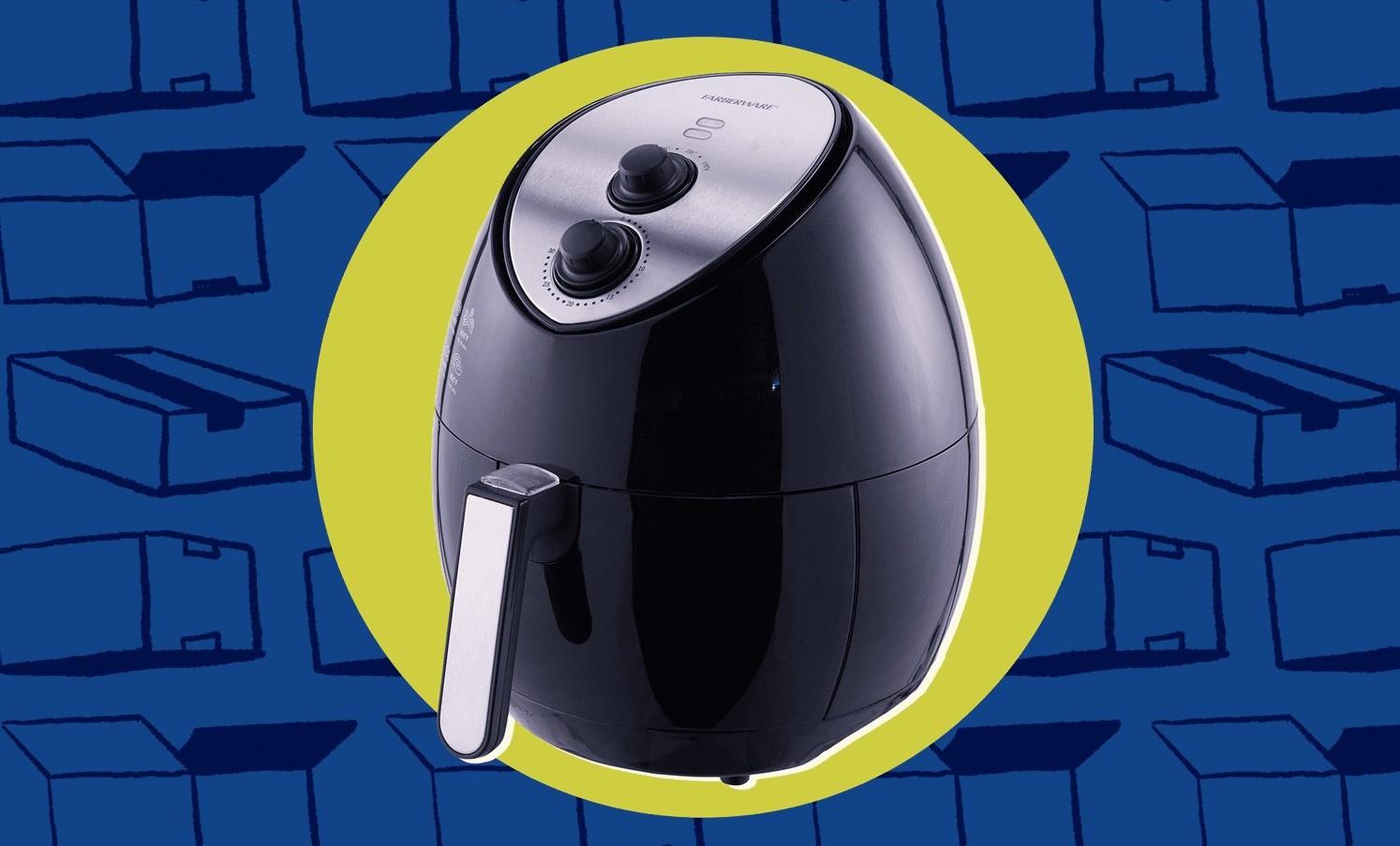
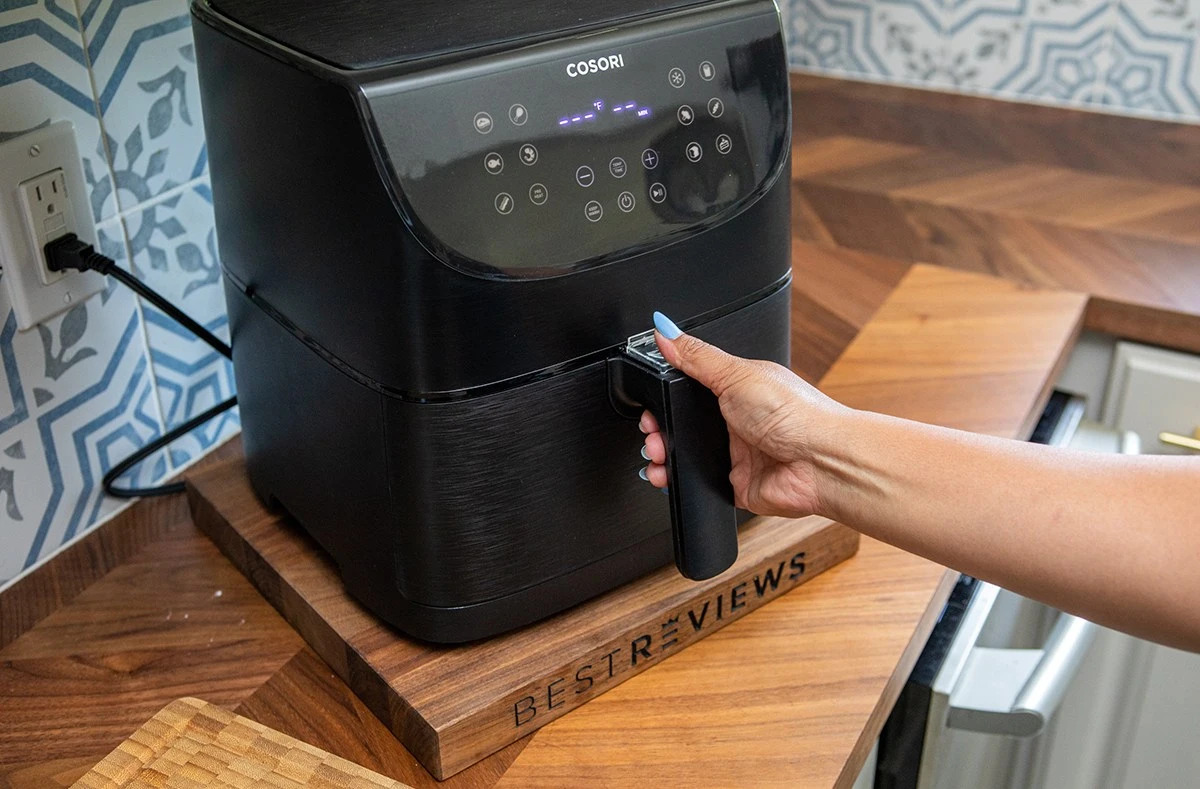
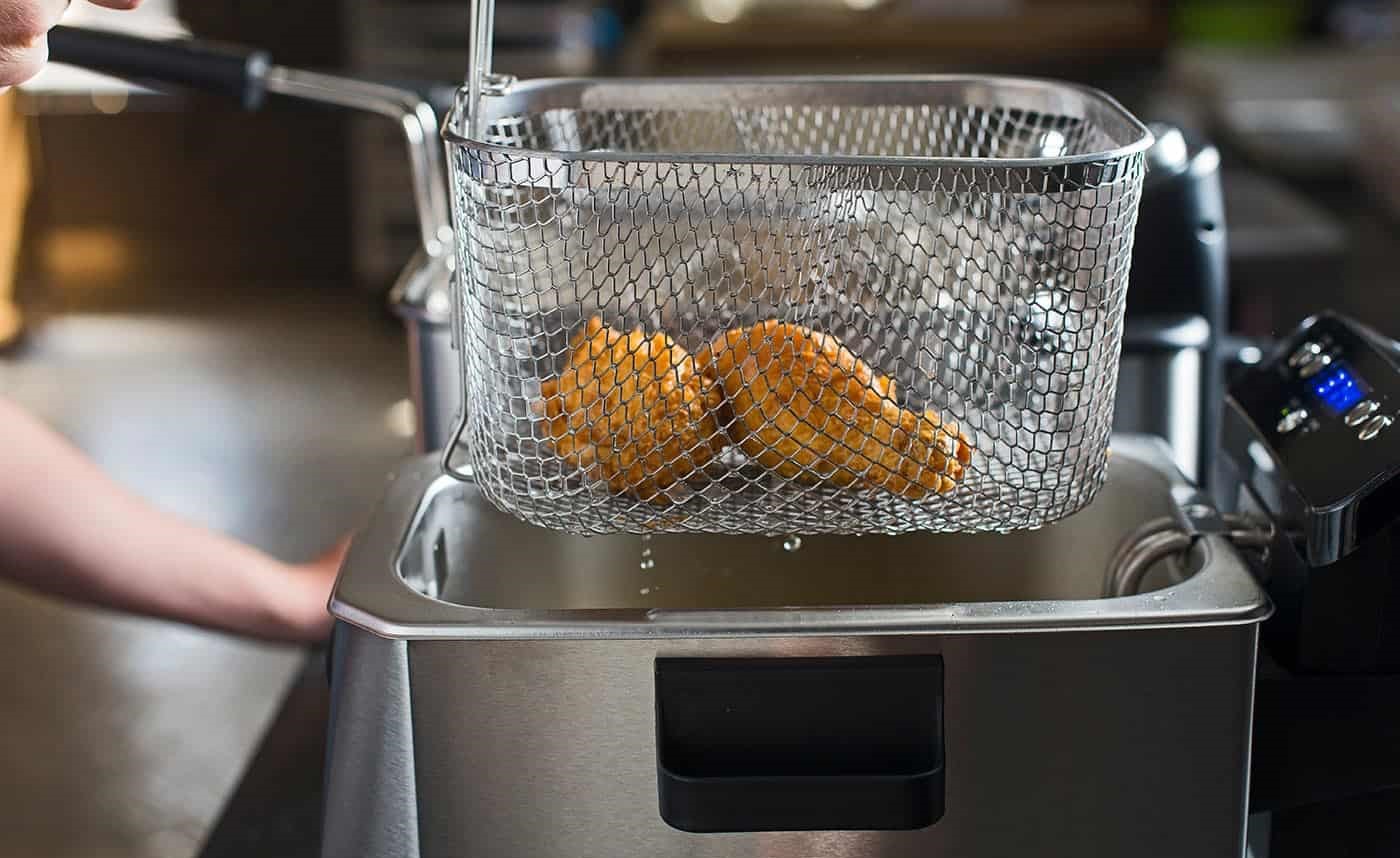
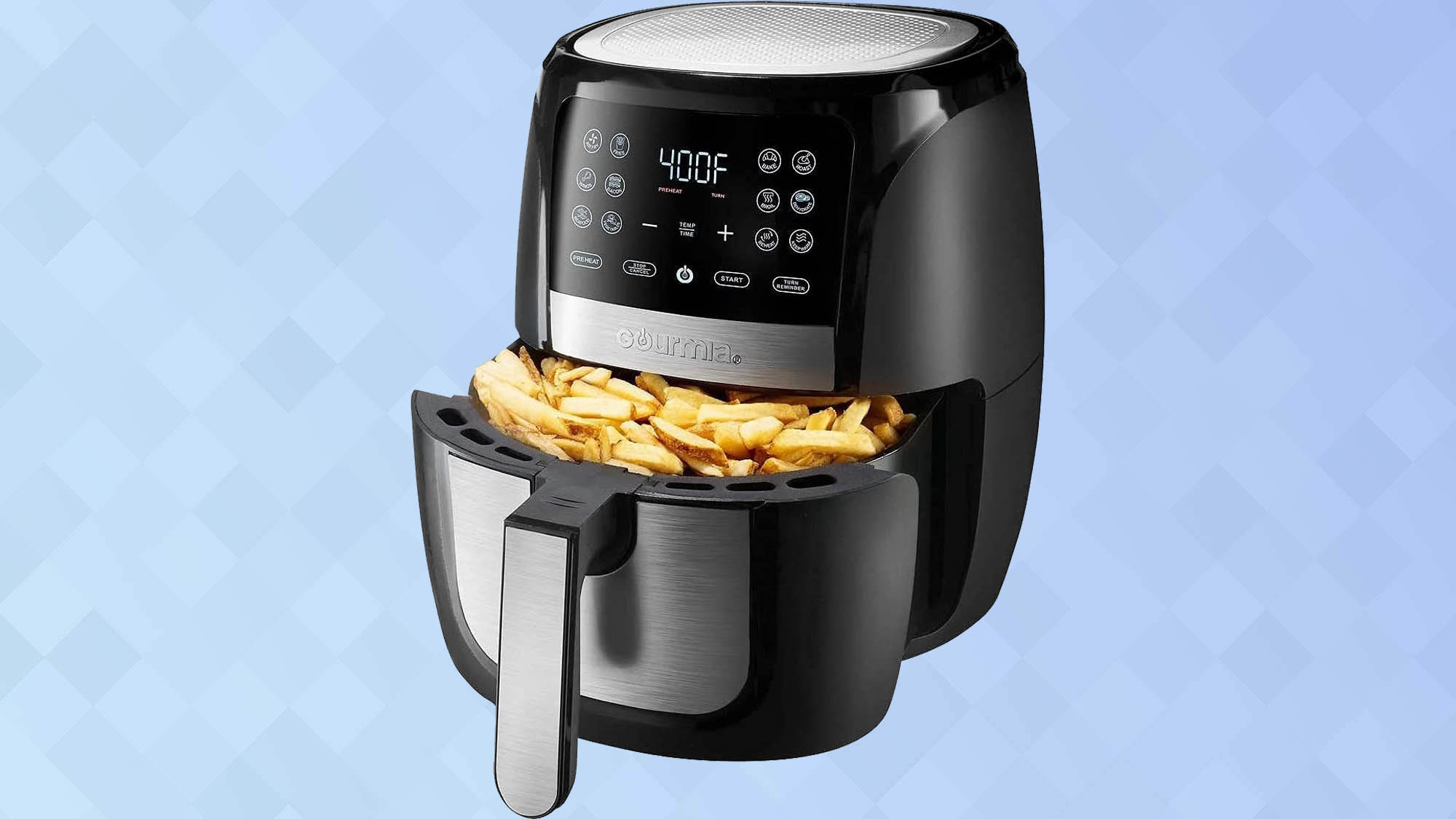
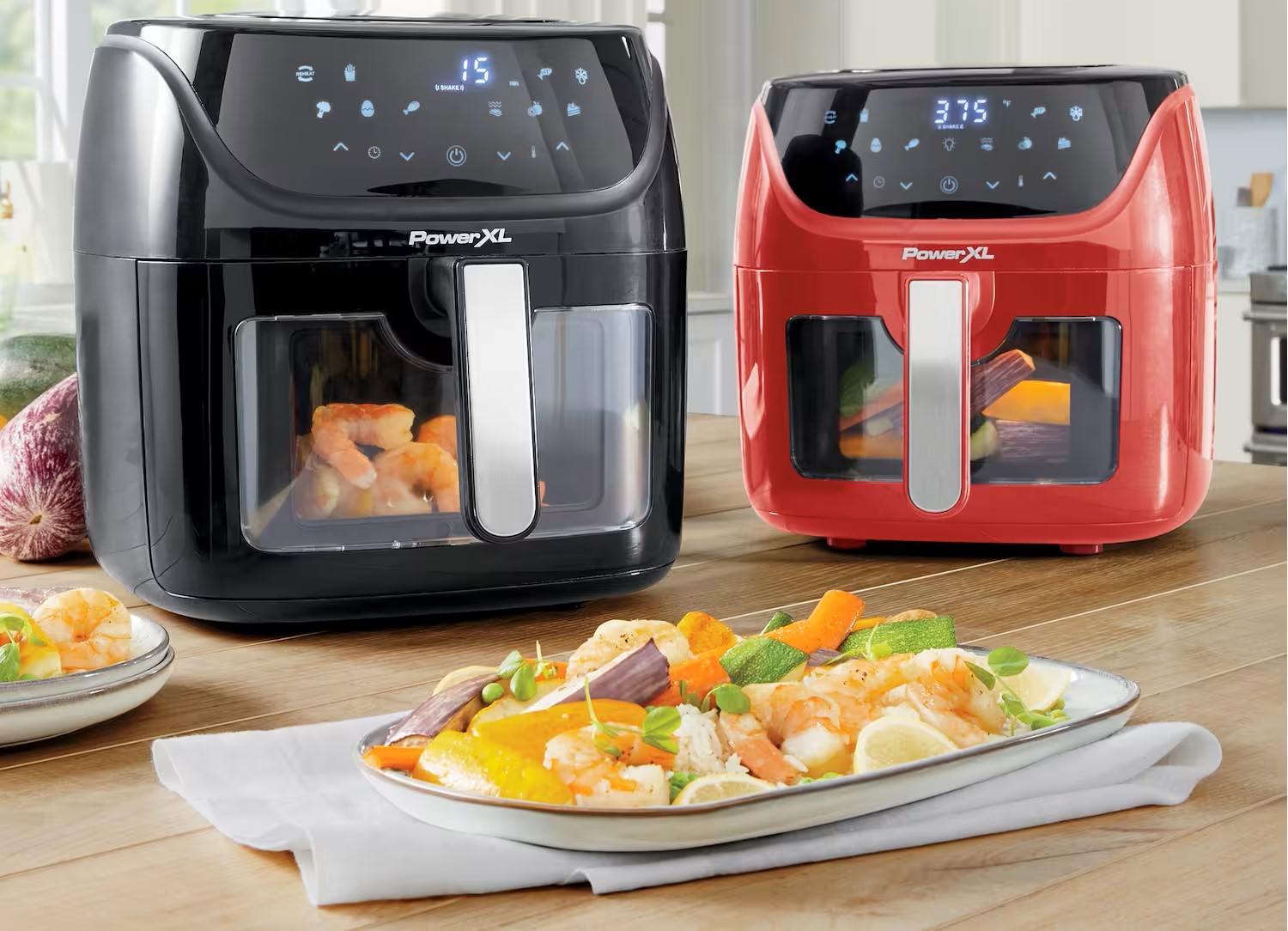
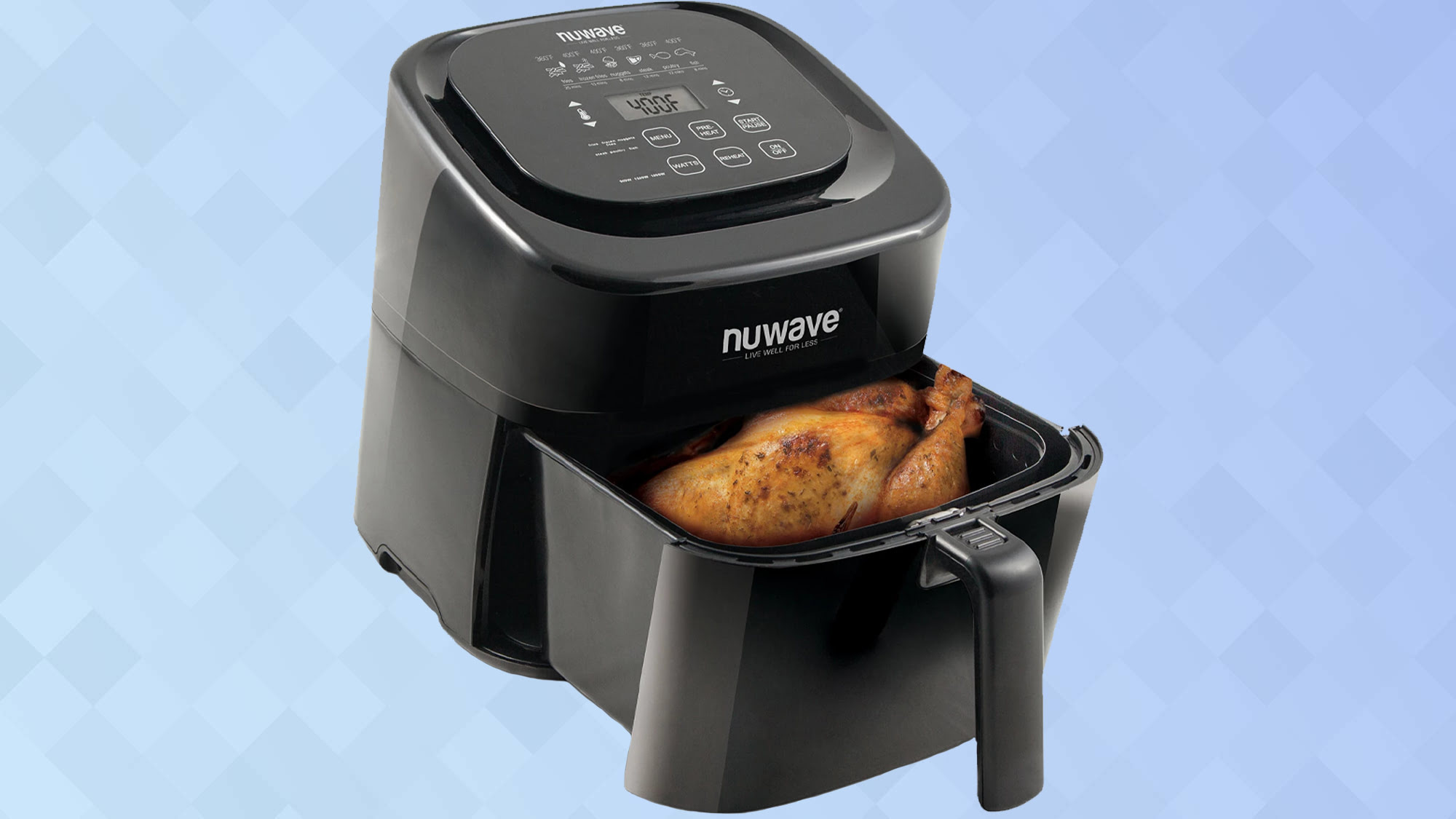
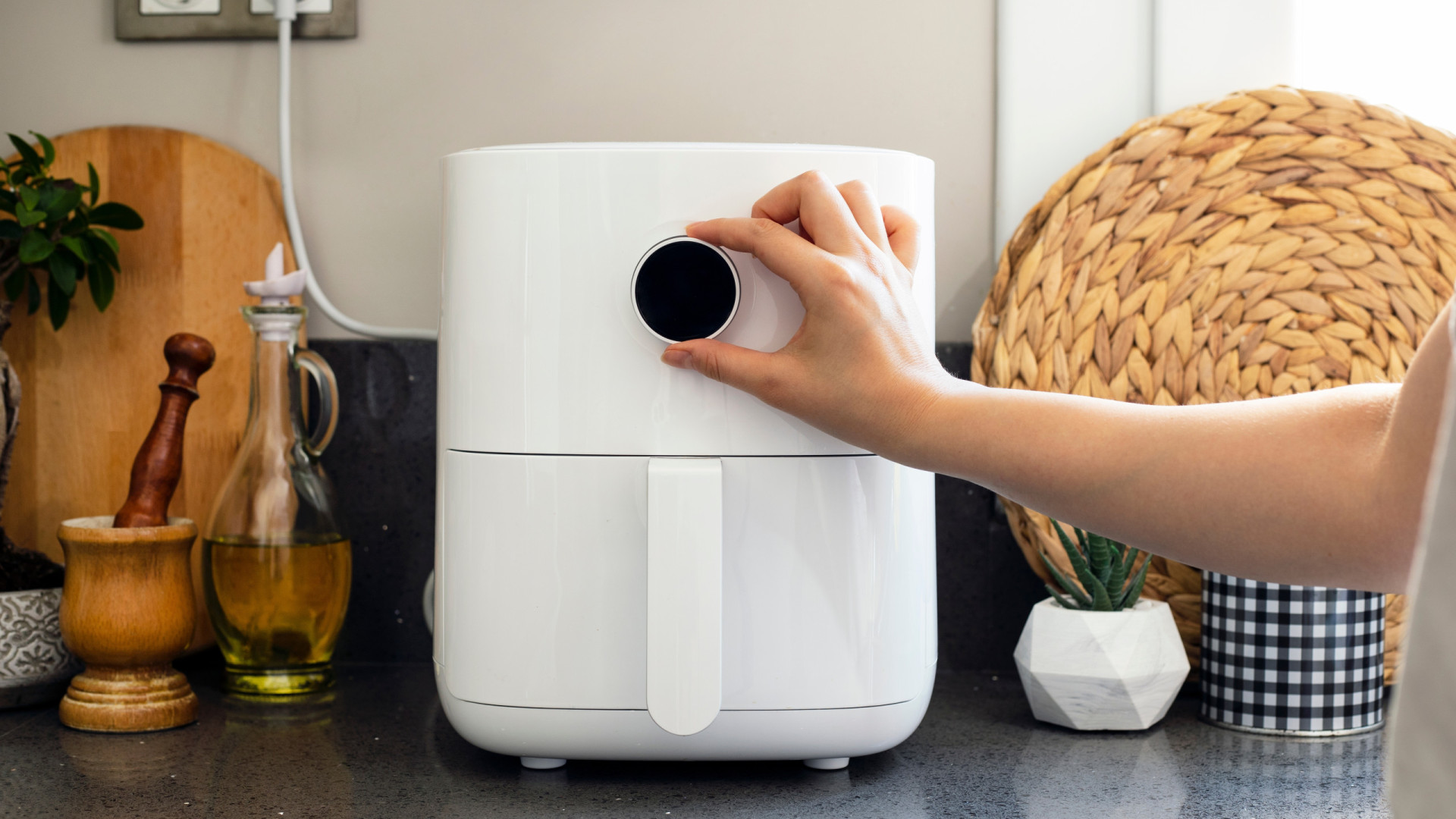
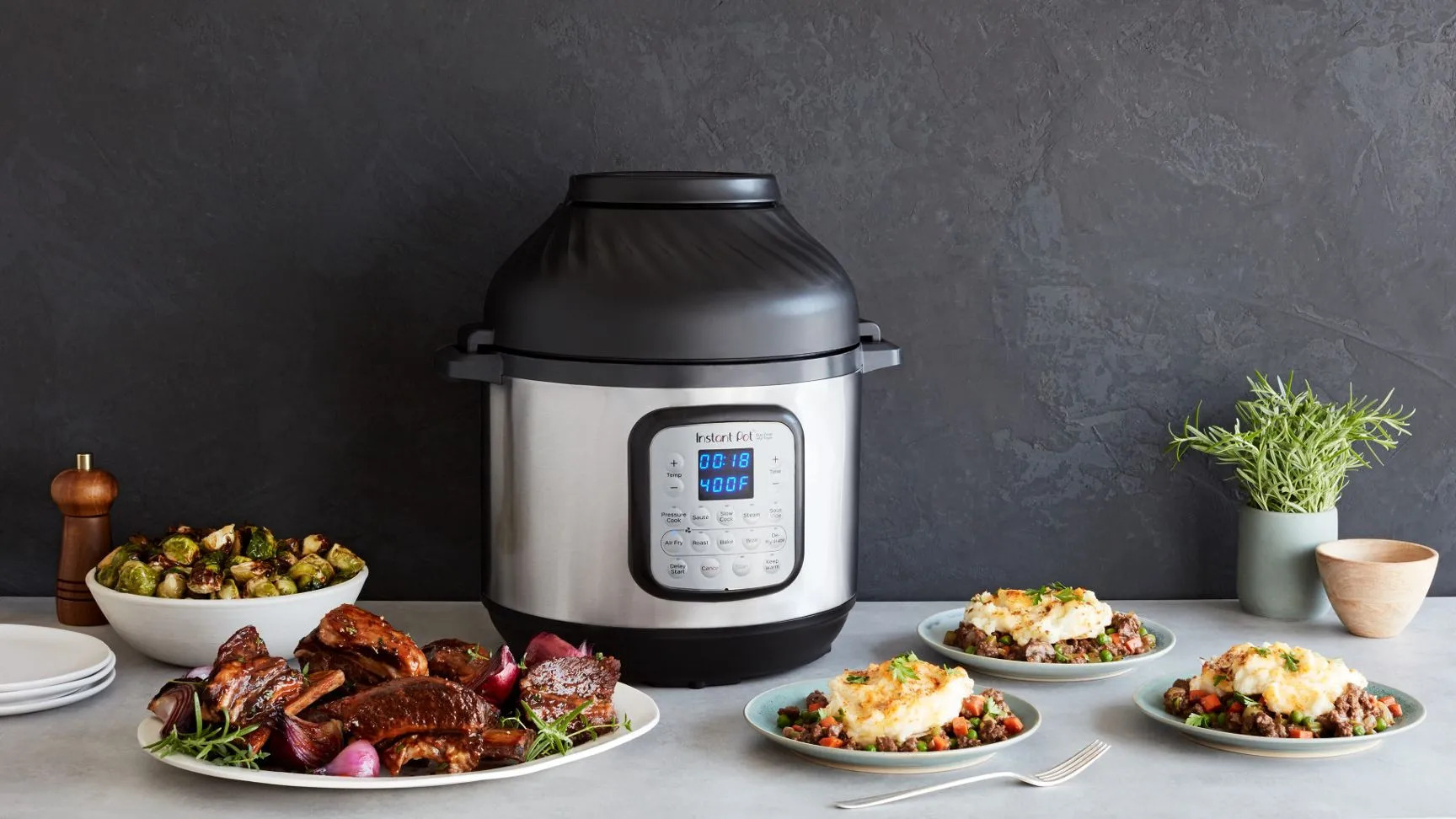
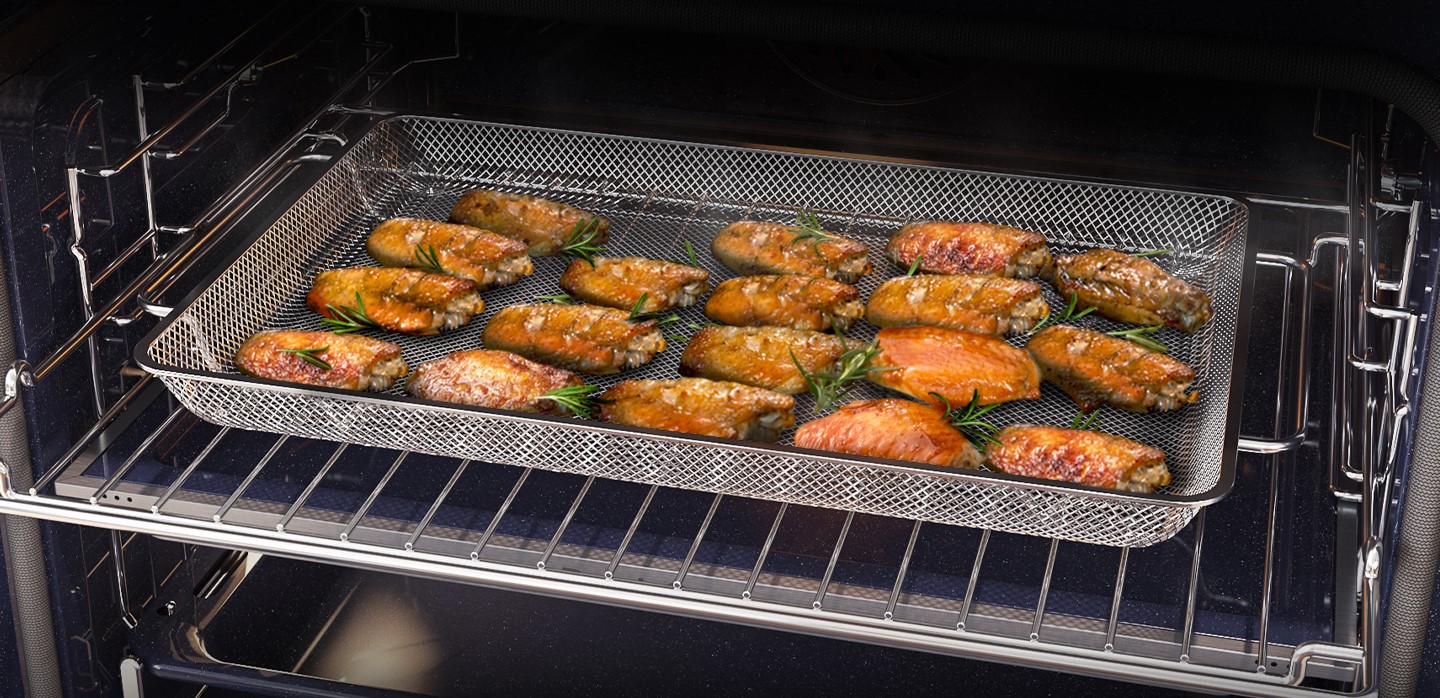
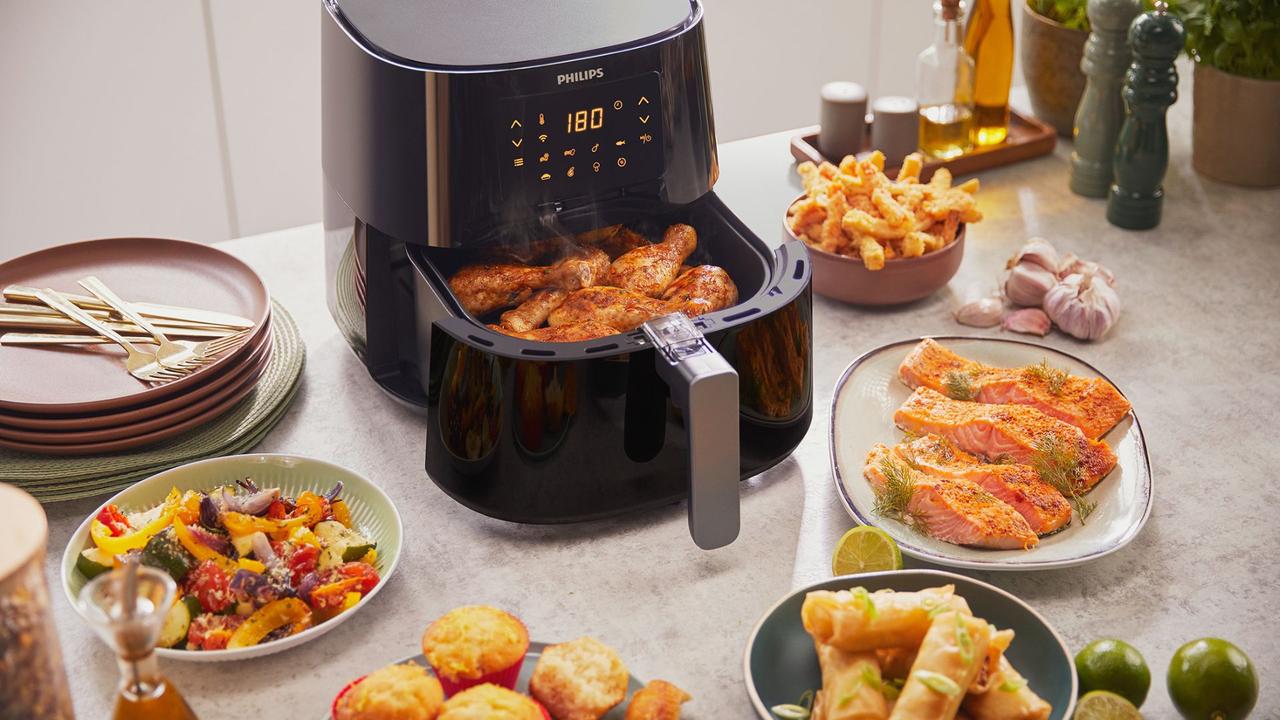
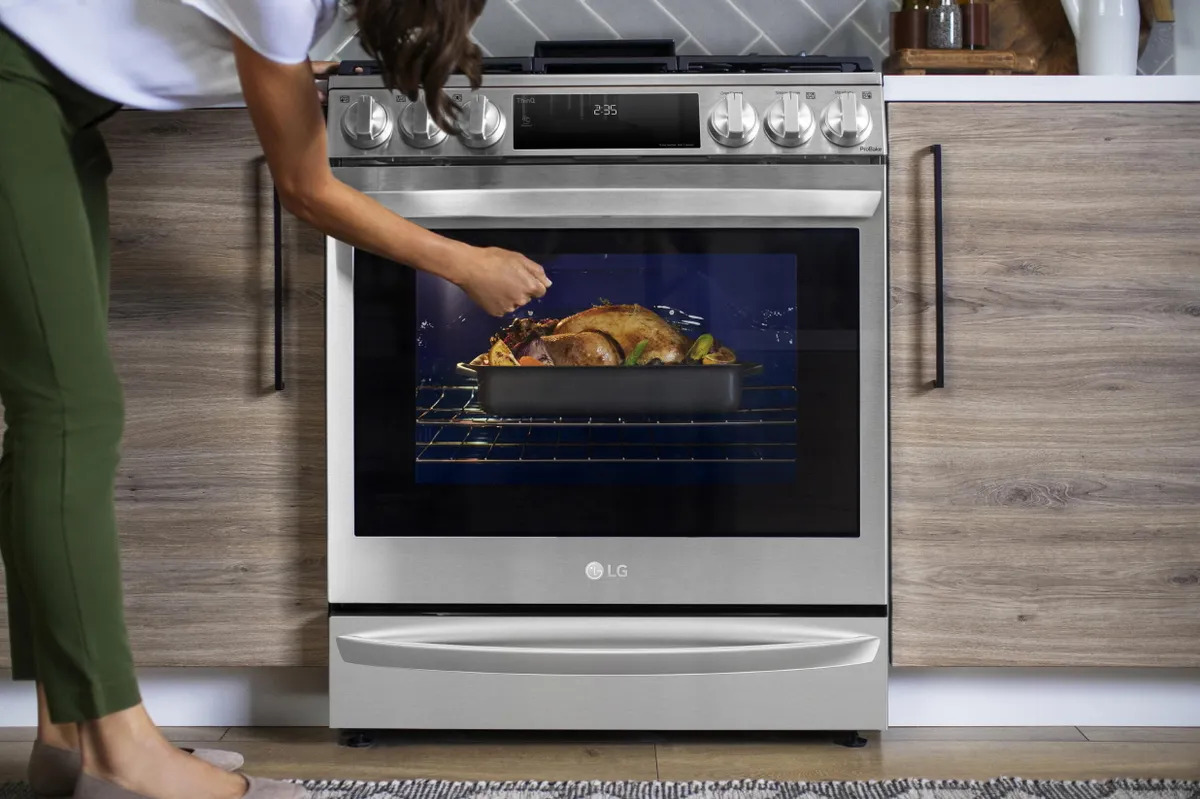
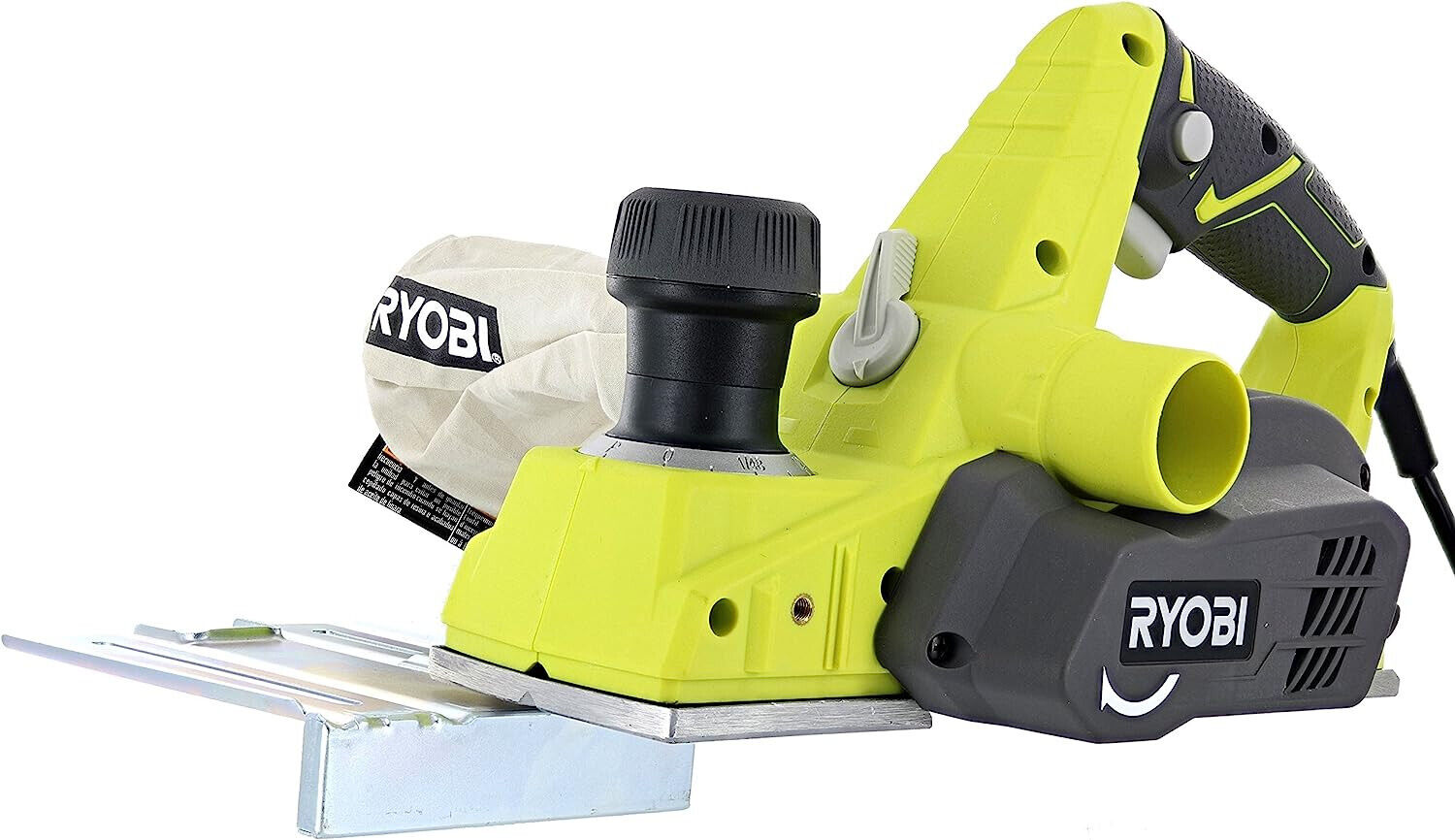
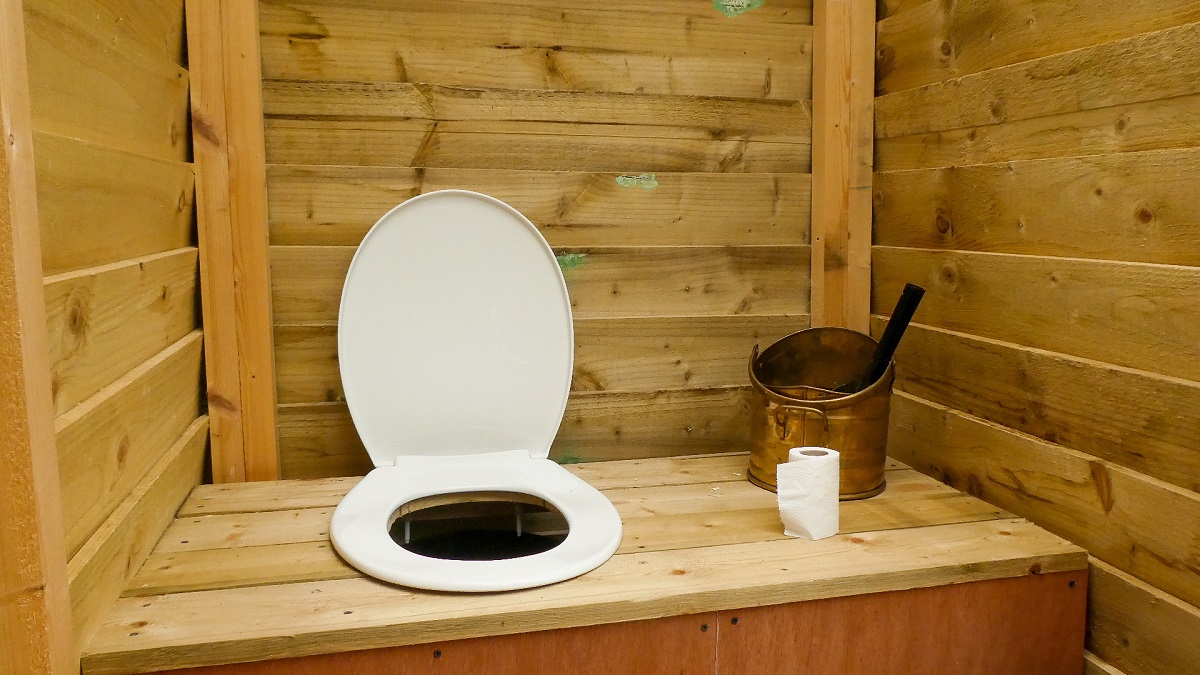


0 thoughts on “How to Use an Air Fryer”